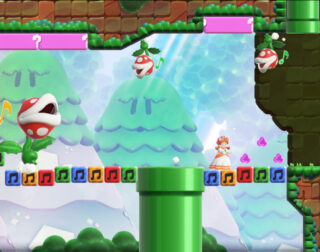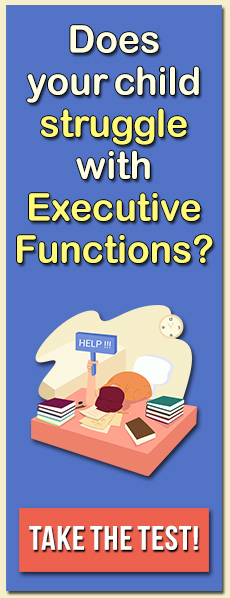At home or in the classroom, they’re fidgeting with something, moving their legs, tapping their feet or fingers, clicking a pen or zipping and unzipping a sweatshirt. Kids with ADHD need to move.
In particular, kids with the Combined Type or the Hyperactive/Impulsive Type are pre-wired to be active. Active ADHD students are good at finding reasons to get up in the middle of class to sharpen their pencil, pick up papers from the floor, or go to the bathroom. These hyperactive kids with ADHD are easy to recognize. Expecting that they will be able to sit still for hours on end is unreasonable and almost punitive. At the same time, it is important to prevent these children from disrupting an entire classroom.
ADHD classroom strategies for active kids can help these fidgeters learn. There is overwhelming evidence that movement can help kids with ADHD in the classroom. Something as simple as allowing students to stand at their desks can be useful. Taking stretching or yoga breaks has also been demonstrated to improve executive-functioning skills and learning in kids with ADHD. Using ADHD strategies for active kids can be very helpful for their classmates, as well. Here are a few tips.
Ignore unobtrusive motor activity. Many students with attention concerns simply cannot sit still. Allowing them to stand, move their feet, or engage in pitching behavior can be helpful. Consult with an occupational therapist to consider other strategies that may be useful.
Breaks from academics can help sustain attention. Frequent motor breaks, particularly when students are given an opportunity for movement, can be very helpful for children with ADHD. Running errands, taking a bathroom break, doing stretching exercises, or taking an assignment to a teacher in the classroom can be helpful.
Let them fidget. Standing allows some youngsters with attention issues to focus better. Occupational therapists frequently recommend that students have a special cushion on their chair to help them with attention. “Fidget” items such as a small, soft squeeze ball can also be beneficial. Additional accommodations for focus and attention could include the use of footstools, rubber bands to allow for stretching arms and legs, and having a stool rather than a regular seat to help provide an increase in sustained focus.
Stretch or do yoga or calisthenics. Opportunities for the entire classroom to get up and move can be helpful. It is typically best to start off by giving a set of specific directions such as touching their toes or doing twists. After three or four specific exercises, encourage the students to choose some of their own movements.
Be sensitive to sensory needs. Attend to children’s specific sensory needs with manipulators, music, lighting, or scents. Some children with Attention-Deficit/Hyperactivity Disorder benefit from having a squeeze ball, a piece of wikki stix, or a manipulative object that they can play with while seated at their desks or something such as a keychain with a small object on it attached to a belt loop. Others do best when there are mild sensory-based activities going on in the room such as classical music or scented candles or incense. Conversely, some children with attention problems need to block out sounds, particularly during tests and more intense study. They might benefit from using earphones to block out noises, taking tests in a separate room, or working in a partitioned area of the classroom.
Featured image: Flickr user Skokie Northshore Sculpture





